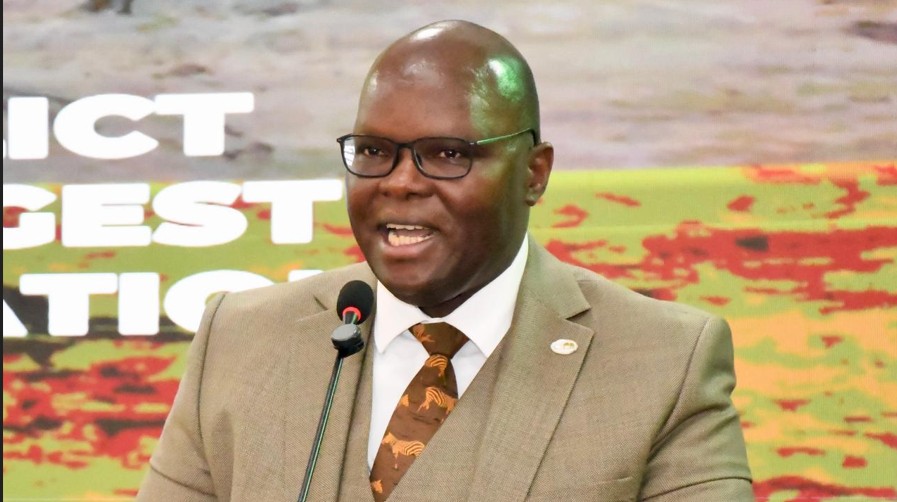Kenya is grappling with an escalating human-wildlife conflict crisis that has left 255 people dead and hundreds of others injured in the past two years, with authorities warning that habitat destruction, poaching, and encroachment continue to fuel the problem.
Speaking at the Second Wildlife Scientific Conference held at Lake Naivasha Resort, Kenya Wildlife Service (KWS) Director-General Erastus Kanga said over 26,000 incidents had been reported, showing the heavy toll on both people and animals.
He noted that 725 people had sustained serious injuries, many of them left with permanent disabilities.
“For the government to compensate the 255 people who lost their lives, over Sh1.2 billion is required, and these are funds that could have gone to better use,” Kanga said. He added that wild animals had also killed more than 5,200 livestock, stressing that stronger community involvement was key to reducing conflict.
Head of Public Service Felix Koskei expressed concern over the growing risks to wildlife, pointing to climate change, destruction of habitats, poaching, and closure of wildlife corridors as the main drivers. He urged scientists to intensify research to provide data-driven solutions.
“Many of these challenges, which include loss of habitat, closure of wildlife corridors and poaching, can be addressed through science-driven data,” Koskei said. While acknowledging that research funding remained limited, he assured that the government was gradually increasing the budget. “Wildlife science is very critical in the conservation of our wild animals and game parks, and more resources are needed towards this,” he added.
Wildlife Research and Training Institute (WRTI) Director Patrick Omondi announced that Kenya is registering all endangered and endemic species as part of efforts to strengthen conservation.
He explained that a national wildlife portal was also being developed to enhance data collection and address conservation gaps. “Currently, we are reviewing data from the recently conducted census before releasing it in the next couple of weeks,” he said.
Tourism and Wildlife Cabinet Secretary Rebecca Miano confirmed that a new policy is being drafted to establish a dedicated wildlife regulator. “After engaging stakeholders, it has been decided that we require a wildlife regulator as part of protecting wildlife and improving conservation,” she said.
At the conference, experts highlighted land-use changes, infrastructure growth, increasing human and livestock populations, and shrinking habitats as some of the most urgent threats.
The government described the trend as alarming, cautioning that failure to act could intensify human-wildlife conflicts in the years ahead.

